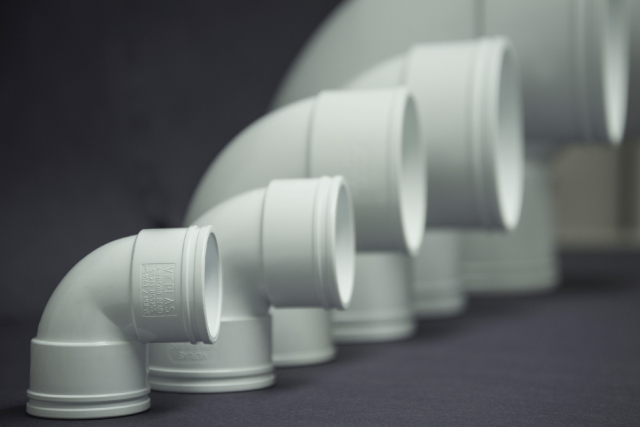
21 Mar A Brief Overview of the Different Types of uPVC Fittings
Due to its superior cost, durability, and sustainability benefits, uPVC has become the material of choice for all sorts of plumbing applications today, from underground drainage to hydroponic systems in Singapore.
When it comes to plumbing systems and related applications, most people focus entirely on the uPVC pipes themselves, the long and cylindrical forms that help carry different types of medium. However, they are not the only component that makes up a piping system.
UPVC fittings are another key factor that adds to the durability and foundation of the structure. These uPVC fittings make it possible to connect pipes and arrange them into the most effective plumbing solution for a given project.
Each fitting serves a specific purpose and should always be bought in conjunction with the type and nature of use of the plumbing system to be installed. With that said, below is a quick breakdown of some of the commonly used uPVC fittings and how they work.
Elbows
Elbows are fittings that resemble that bend in our elbows and come with two openings that enable pipes of similar or unlike diameters to connect and change fluid flow direction. The most prominent options for uPVC elbow fittings are those with a 45-degree, 90-degree, and 180-degree pipe bend.
Although elbows are an integral part of any piping system, it is important to know that the change in flow direction adds pressure losses to the whole system because of friction, impact, and re-acceleration.
Coupling
A pipe coupling is a short tube length with either a female pipe thread or socket at one or both ends that enable pipes of the same or different diameters to join together. Couplings have many uses, from terminating or extending pipe runs and changing pipe size to repairing broken or leaking pipes.
Most pipe installations require pipes of varying sizes and lengths to be cut or joined together to cross obstacles and change direction. Couplings offer a fairly quick solution for such connection challenges without affecting the integrity of the pipes in the process. In essence, uPVC pipe couplings combine two or more pipes to maintain continuity between them.
Tees
Tees are one of, if not the most commonly purchased item alongside uPVC piping materials. As its name suggests, these fittings come in a “T” shaped form with two outlets at a 90-degree angle to the single inlet connection. This three-end design allows access to a wide range of piping solutions, namely splitting or combining fluid flow.
Straight tees have outlets and inlets of the same size while reducing tees have differing sizes, the smaller ones often being at 90 degrees to the other larger ones. They work well to connect pipes that must be angled or laid out in a straight line.
Caps
Pipe caps are protective device fittings used for closing off pipe ends to prevent leakage and isolate the pipe. They are available in many types of connections, such as weld joints, socket fitted, and threaded end caps. The connection entirely depends on the service fluid used and the nature of its hazards.

Conclusion
Like their pipe counterparts, uPVC fittings are sturdy and durable components that come at a relatively cheap cost. No plumbing system design can go without the right fittings, as they are essential to navigating a project’s many potential connection challenges as well as properly securing the pipes.
Get the best quality pipes and fittings for your project here at Vicplas. Our BCA-SGBC Green Mark certified, lead-free, and sustainable uPVC piping solutions meet all your ISO-certified plumbing needs and are suitable for various applications, from underground drainage systems to hydroponic systems in Singapore. For more information about our industry-leading products, such as SS141 and SS213 uPVC pipes or VPONIC™ hydroponic components, don’t hesitate to contact us today.
